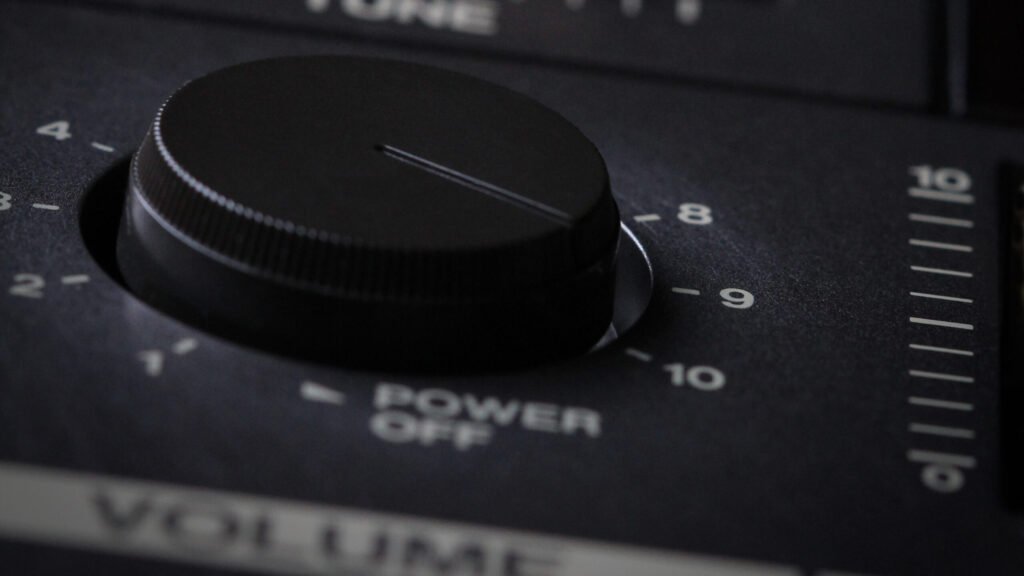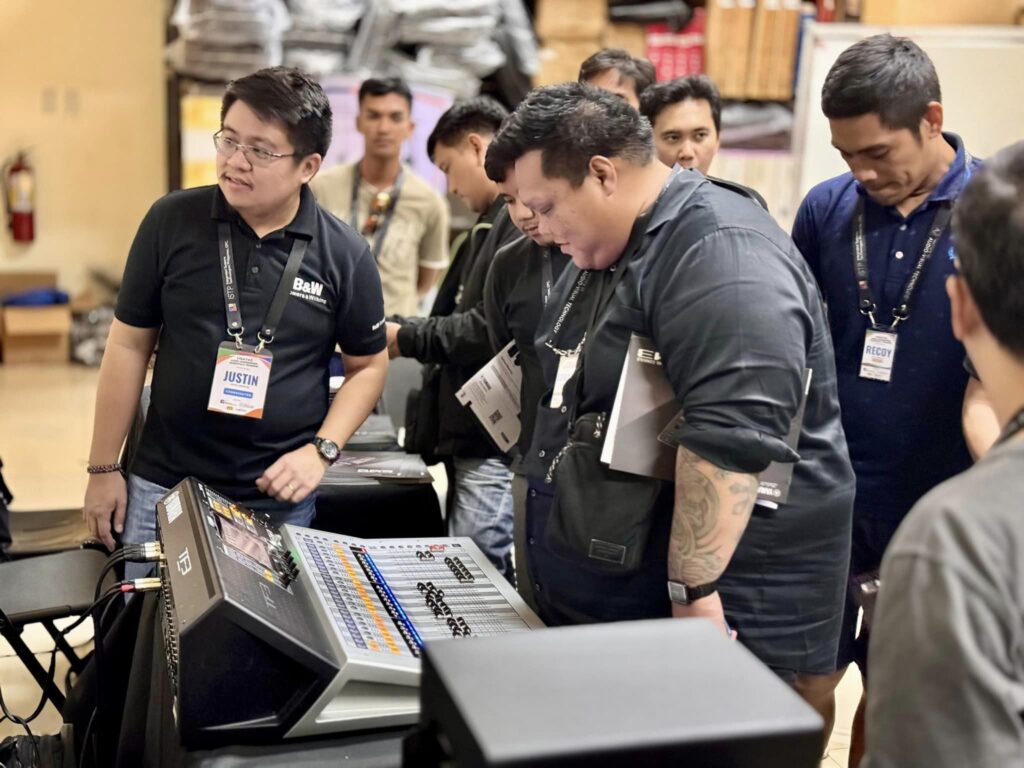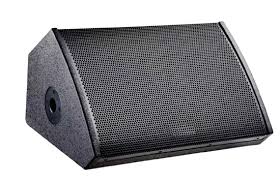Originally posted on February 25, 2025 @ 11:31 am

Many individuals and businesses rely on legacy system (outdated software) that may not support new technologies effectively, thereby creating unredeemable limitations.
If you want to randomly ask why the use of outdated software, experts have concluded that individuals and business CEOs are either refraining from the cost implication, the technological trainings required, migration of data that could be time consuming and the risk of loss, thereby impacting negatively on such business.
But why are new technologies important and not keep an outdated software? While legacy systems still function, they tend to hinder growth and innovation.
So, when new technologies are introduced, overall security is enhanced, efficiency is in place and adaptability is possible ensuring a long-term business success.
However, EIYBASE Solutions as an IT-based Solutions that provide answers through our published articles created as post to challenges faced by developers and users or business CEOs such as Today’s Topic “Legacy System Challenges and Two Best Way-Out according to Software Expert”.
And beyond today’s topic, we have also provided solutions/guides to some challenges/problems, and difficulties encountered in;
- Software designs, deployment, upgrades and trainings to acquire its skills
- Database designs and management for both developers and end-users
- Computer Networking
- Digitalized Audio Sound Installation/Maintenance and Services
- Music Production and
- Suspend Ceilings innovations.
Kindly visit our blog page to find or research more on the above topics/categories
Introduction to Legacy Systems and challenges
A legacy system can be said to be any outdated hardware, software, or technology infrastructure that is still used by individuals or businesses despite the invention of recent technologies in the digital age.
In today’s business world, the kind of software we deploy largely determine how productive or not a business become.
It is on this note that critical or careful consideration is prioritized for efficiency, productivity, growth in business just to mention a few
But, many individual/business CEO have in one way or another ignore basic element functions before picking a business software
A software expert once said, you ought to carefully evaluate software for your individual or business needs, and its scalability/usability are its key focus.
And further conduct trial, check out its user reviews and finally consider its cost, functions and protection against hackers.
3 most popular examples of legacy systems include:
- Old Mainframe Applications usually COBOL and are banking systems APP
- First categories of OS such like Windows XP, Unix-based servers, Vista
- Enterprise Resource Planning (ERP) Systems that are no longer supported
Challenges includes;
- Shortfall of skill programmers that still use old programming languages which is adaptable with legacy systems
- As a result of its unpatched software, there is high level risk to cyber attacks
- It lacks the ability to handle growing business due to its slow performance in processing
- There is high cost of migration and modernisation of Legacy systems
- Legacy system incur high cost in maintenance as its outdated software and infrastructure are difficult to get.
The birth of Software APP for as a business need
Although, the origin of software programs for businesses globally was first initiated in 1950s by J. Lyons & Co. (A British tea company) that was mainly used for payroll and inventory management because they were frustrated with the manual processing from discoveries listed below;
- Lack efficiency – it required manpower to deliver task and this is time consuming.
- Cost effective – It allows increase in manpower, more cost was incurred
- Unreliable output – human error was present when task was delivered
- Lack of communication – no technology at that time, thereby created vacuum in workflow
- Prone to attacks – restricting of unauthorized users to data was impossible
- Complexity in large scales – they could not determine how well and soon business needs can grow
- Competition – since there were no technology, business owners or individuals didn’t think of innovation to strife better in the labor market.
The Uniqueness of New Technologies to Business Breakthrough
We have briefly explained above why new technologies are important when making the choice of software to boost the overall performance of that business.

Moreover, not so many end users consider incorporating intuitive design elements, such as drag-and-drop functionality or customizable dashboards.
Unknown to users that this can lead to a more engaged workforce and reduces the learning curve, ultimately ensuring greater productivity and user satisfaction. Just think of this!
You can further make a research on Tomasz Bąk of the best 10 examples of Business Software to boost your business processes, operations and customer relationships.
The 2 Most Neglected Functions in Selecting Business Software
- Scalability of business software – What is it about?
This is when the performance of a software is not compromised and yet having the capacity to handle a growing amount of work, an ability to accommodate user’s and data storage expansion, transaction growth. e.g. cloud-based systems that permits easy upgrades
- Usability of a software – What you should know
It shows how well an end-user can deliver any giving task using the software. When it is not friendly, it can lead to inefficiency both for the task and the user of the software.
Thus, a user with little or no knowledge on coding must consider a graphical front-end user interface. e.g. a software with a simple intuitive user interface (SI-UI)
Certainly, after knowing these, further explore solutions by researching and comparing software options.
Now, let me show you the two (2) best approach when software end-users ignore an important area on scalability and usability issues in deploying new business technology software if you are a victim.
2 Best Solutions in Making the Right Choice Software to Boost Business Growth
- Pick a Scalable Solutions: One of the most effective strategies is opting for cloud-based software solutions.
These solutions provide the necessary flexibility and scalability that traditional on-premises software may lack.
Is your business an e-commerce company that might utilize a cloud-based inventory management system?
And want it to expand its capacities as the product range increases or when seasonal demand spikes.
Benefits – The cloud infrastructure allows the business to adjust resources dynamically without incurring significant capital expenses or Service interruptions, thus ensuring smooth scaling in-line with business growth.
- Explore User-Centric Design: Prioritizing user experience through user-centric design is a critical factor in enhancing usability.
A financial services firm might involve actual users in the prototype phase of a new CRM system.
By conducting user testing sessions where employees can provide feedback on the interface; from navigation to workflows.
Finally, these two best approach implementations can significantly impact the successful adoption of new business technology.















